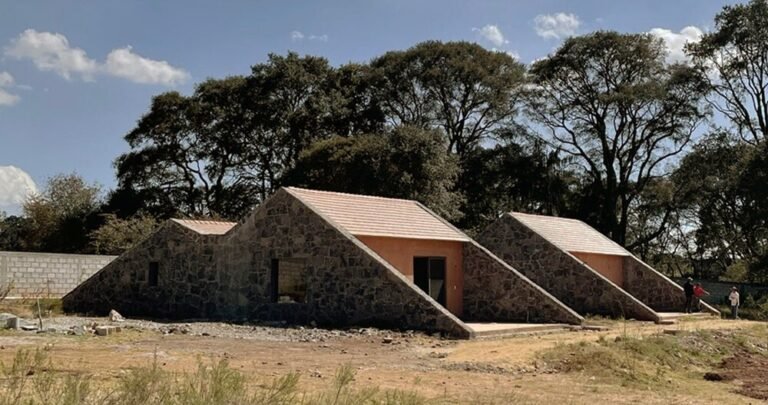Social Stop – Challenge to design a play installation
Social Stop – Challenge to design a play installation

LOST ENGAGEMENT OF PUBLIC PLAYGROUNDS
The concept of public playgrounds was mainly focused on children engaging and developing socially. The play areas were designed in a way that not only encouraged kids to mingle but also gave space for adults to have their time and meet other people. While this concept of social spaces and engaging in activities to get to know each other has been a well-known concept, it has very rarely been used to benefit people on a large scale. These activities are concentrated on facilities and closed or semi-open spaces such as arcades and public parks that are dedicated to such activities.
But with the fast-paced world where people barely get time to rest or spend with their close ones, it would be a wonder to find time to engage in such social activities. What if there was a way to allow people to mingle and engage in these games and activities on their go?
What if these games were installed in public spaces in an ergonomic and minimally disruptive manner that people could access in the time they switch places between work and rest?
THE SOCIAL DESIGN
H3: Brief: Design a public installation that acts as an interactive game and involves people passing by, acting as a socializing factor.
The installation must be context relevant, conforming to the local population and innovative at the same time. These games must be designed to be modular and built on a small scale that can be installed in a minimal space, similar to a public telephone booth or any other small kiosk. The material and colour theme used in such projects are also to be looked into as they play a major role in affecting people’s moods.
The view of the installation from the street is key to its success. The game must be able to capture the interest of the audience and generate curiosity.
Understanding various effects that an intervention like this would have on a community and creating such installations would help bring more positive changes into society. The installation must be accessible to all types of users with comfort and convenience of use.
The concept of public playgrounds was mainly focused on children engaging and developing socially. The play areas were designed in a way that not only encouraged kids to mingle but also gave space for adults to have their time and meet other people. While this concept of social spaces and engaging in activities to get to know each other has been a well-known concept, it has very rarely been used to benefit people on a large scale. These activities are concentrated on facilities and closed or semi-open spaces such as arcades and public parks that are dedicated to such activities.
Link to Registration form
Winner 6000$
Runner – Up – 1400$ x 6
People’s Choice – 600$ x 4
Honorable Mention – 600$ x 12
Open to the public/Minimum requirements (Open to anyone that complies with the requirements), Single stage (Winners selected immediately)
The minimum eligible age for participation is 18 years.
The competitions are open worldwide for designers from any discipline.
You can participate as an individual or as a team of a maximum of 4 members.
All students and professionals can participate in the competitions.
Registration Opens April 20, 2022
Registration Closes May 2, 2022
Deadline to Submit Project May 3, 2022
Winners announcement Date June 30, 2022
Location of Project (if developed)
Banner, Poster, Brochure or Triptic of Competition





